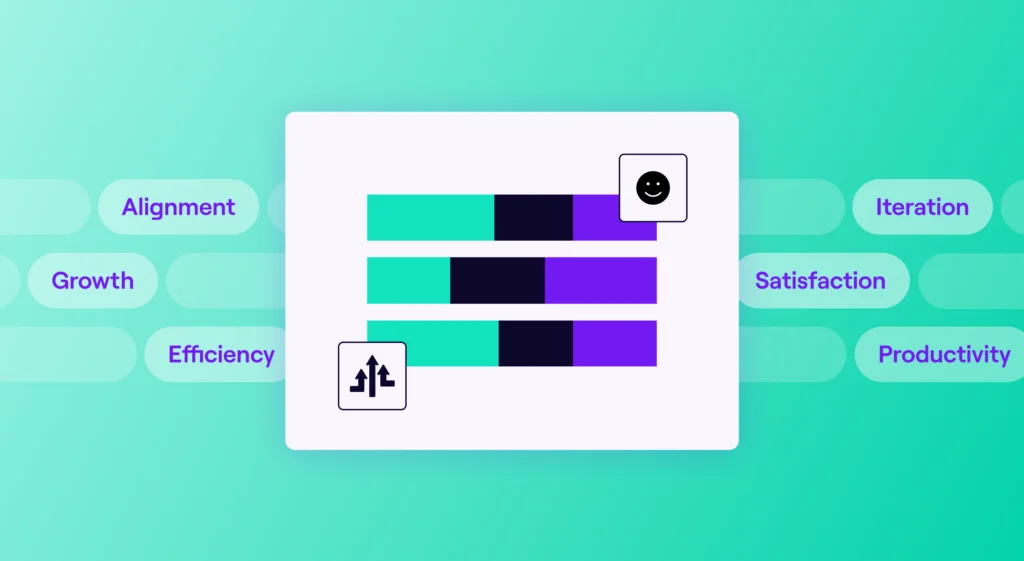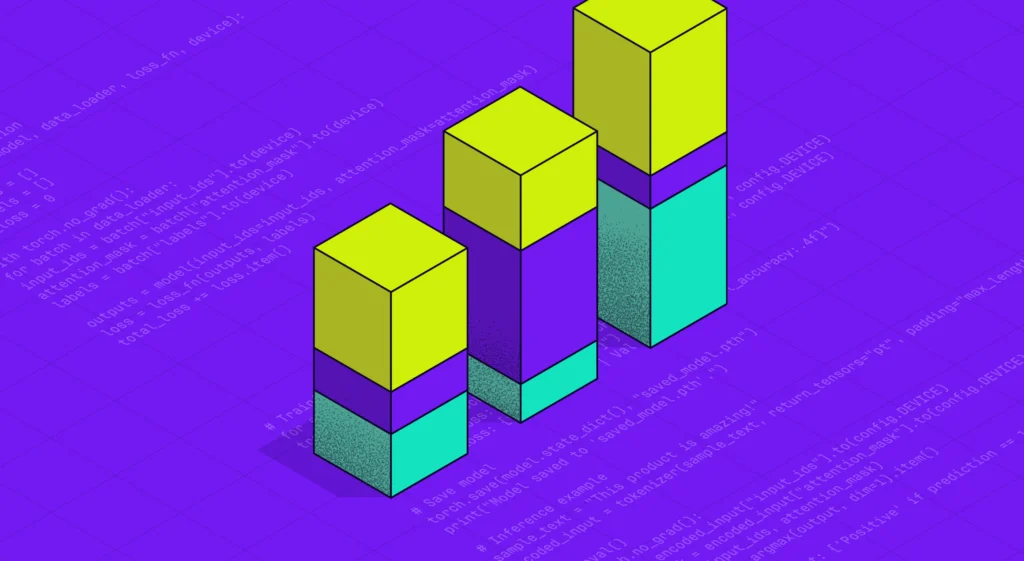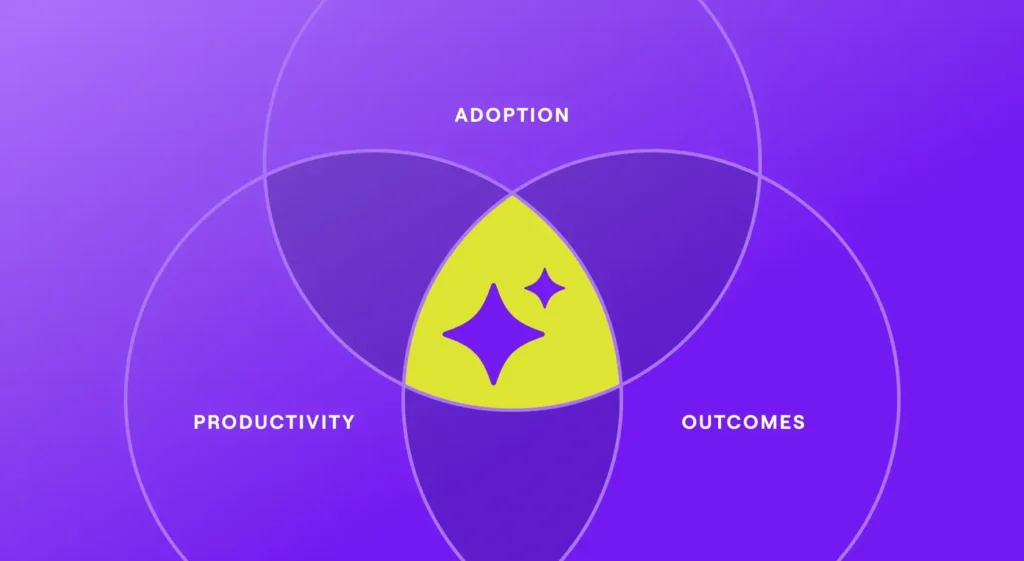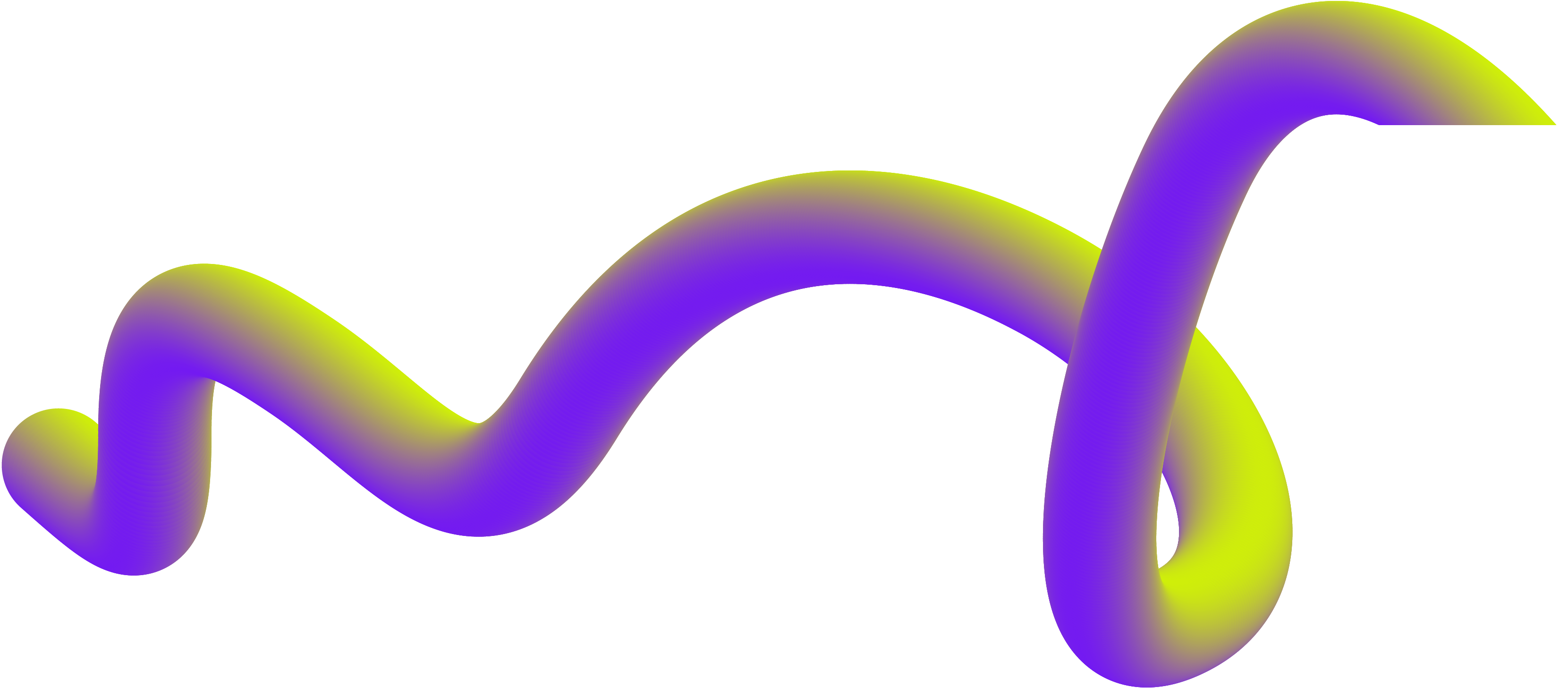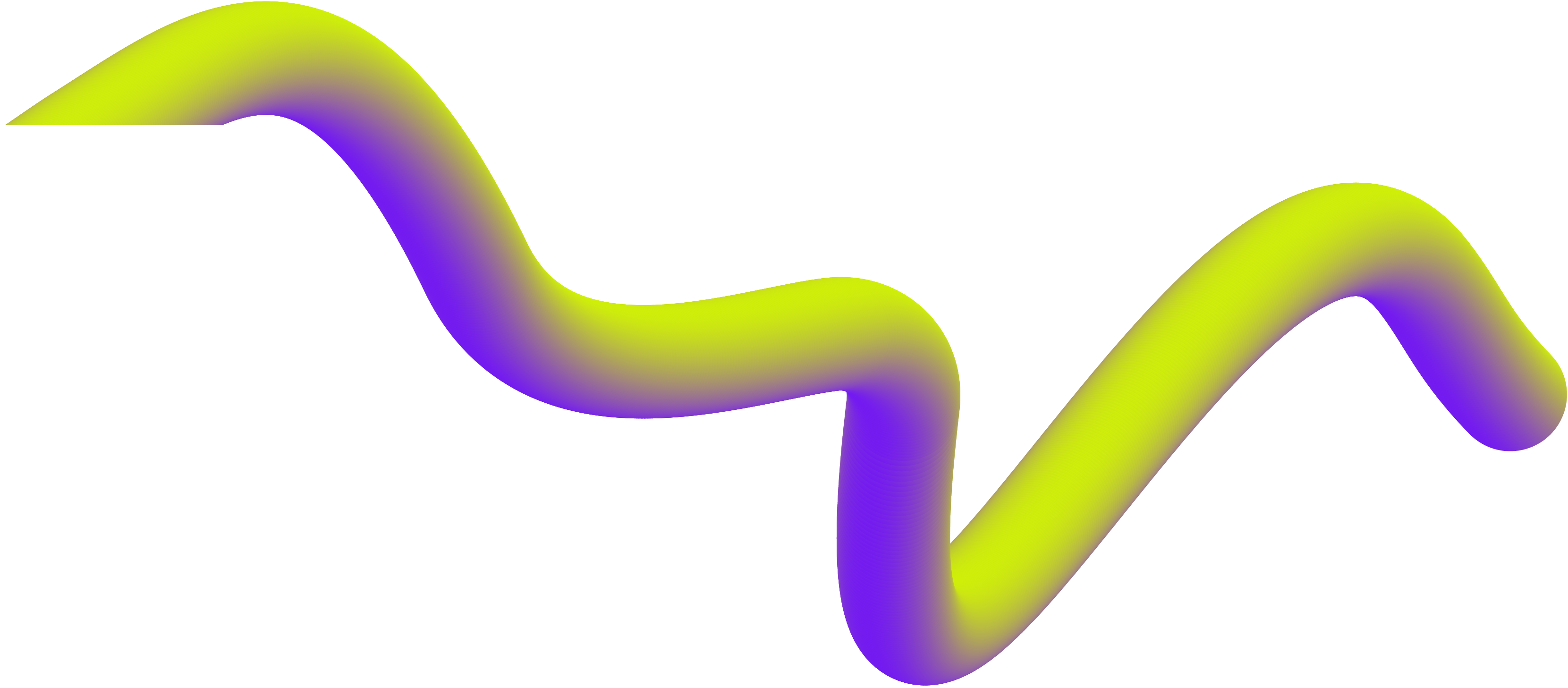Kaleris is a collection of eight subsidiaries acquired by parent company Accel-KKR (AKKR), each producing different products with varying tools and technologies. Kaleris’ engineering team includes more than 600 employees across product management, QA documentation, and other functions — more than half of the team are software developers. Without visibility into how engineering teams were operating, achieving unity and company-wide objectives would be an uphill battle.
Identifying areas to scale unification efforts
Michael Robinson, VP of technology and architecture at Kaleris, is helping drive the organization’s unification efforts and has played a key role in championing Jellyfish. Robinson recognized that Kaleris’ manual approach to capacity planning and project prioritization was unsustainable; meetings and homegrown presentations took time to prepare and were prone to errors. With Jellyfish, Kaleris found an engineering management solution that offered the insights they needed without being invasive. “We compared what we could get from Jellyfish with doing things manually,” explained Robinson. “We were happy that Jellyfish was giving us accurate data we could rely on.”
Creating common goals across the executive team
Executives, the board, and AKKR are all interested in Kaleris’ unification efforts. With Jellyfish, the engineering organization can track investments across product lines and present reports that spark executive- and board-level conversations: Why is team A investing less in technical debt? Why does team B spend so much time fixing bugs? What can we do to help? Executives are also keen to see engineering teams prioritize critical tasks and move other work to the back burner.
Michael Robinson VP of Technology and ArchitectureJellyfish is identifying where we're trying to do too many things in parallel. We're now having conversations around prioritization and making decisions based on data.
By focusing on one task at a time, teams can give stakeholders more reliable delivery estimates. Sprint predictability is now at around 60%, and they’re aiming for 80%.
Jellyfish metrics and DevEx surveys are now bringing lower-level engineering concerns to the attention of the executives. “Engineers can see that the executives are taking an interest,” said Robinson. “When the engineers have problems, things get addressed. Everybody’s working towards the same goals.”
Aligning processes and procedures across teams
Kaleris now uses Jellyfish to keep their roadmap on track. By pulling up Jellyfish data in monthly deliverable meetings, engineering leaders can detect red flags such as a missed target date or reduced investment in a particular area. This visibility fuels team and product-level discussions and prevents delays from derailing the roadmap.
Capturing reliable metrics requires a consistent approach to tools like GitHub and Jira; different workflows and ticket types make it difficult to extract data. “The fact that we wanted certain team-level metrics has forced us to standardize our processes,” said Robinson. “Now we have access to those metrics, and team managers can make adjustments as needed.”
Leveling up with DevEx
For Kaleris, Jellyfish metrics are an instant indication when something is wrong. By taking data directly to their teams, managers can find out what’s slowing engineers down and what they can do to help. Engineering managers are encouraged to go beyond the standard metrics, tailoring how they use Jellyfish to their teams’ needs and priorities.
Running DevEx surveys is quicker and easier with Jellyfish. Engineering managers can automatically organize responses by team or product line instead of manually processing spreadsheets. The results are often unexpected, surfacing issues that would otherwise go unnoticed. “You might assume new processes are making your engineers unhappy when in fact it’s the tools that are slowing them down,” shared Robinson.
Kaleris is an international organization with teams in Asia, Europe, and the Americas. Using Jellyfish DevEx surveys, Kaleris can see how engineers’ concerns differ across locations and define targeted solutions. These granular insights, combined with numerical data, are transforming developer experience at Kaleris.
Michael Robinson VP of Technology and ArchitectureWe're getting subjective information from the surveys and corroborating it with objective information in Jellyfish. This has had a positive impact on teams and morale.
Understanding Copilot impact on engineering productivity
For Kaleris’ executive team, understanding the financial impact of GitHub Copilot adoption is a top priority. Engineering leaders are using Jellyfish data to calculate total cost savings, which they will soon report up. Kaleris has also included questions about Copilot in their Jellyfish DevEx surveys — initial findings suggest engineers are more productive and more satisfied with access to AI.
Data around PR cycle time helps managers spot outliers during a particular month or sprint. They can then work with their teams to understand what went wrong and what needs to change. “Last year we achieved a 21% improvement on PR cycle time,” said Robinson. “It was largely due to the improvements we made to our processes and tracking through Jellyfish.”
Measuring mean time to resolution (MTTR) in Jellyfish helps prevent bottlenecks in the repair process that, if left unaddressed, could impact quality. Last year, Kaleris saw a 19% improvement in MTTR, exceeding their 10% target.
Exploring new ways to use Jellyfish
Kaleris is looking at new ways to improve engineering performance with Jellyfish. They plan to introduce DORA metrics for a clearer understanding of how quickly teams respond to and resolve problems in production. Jellyfish is also about to reach more corners of the Kaleris engineering organization — they’re onboarding several new teams over the next few months.
For Robinson, creating a happier, more productive engineering environment is the key to success. Software engineering is complex and sometimes frustrating. However, with visibility and a coordinated approach, teams can overcome the obstacles that slow engineers down. Jellyfish is an important piece in that puzzle.
Michael Robinson VP of Technology and ArchitectureI'm continually thinking about how we can use tools like Jellyfish to make the individual engineer more productive and happier with their day-to-day work.

